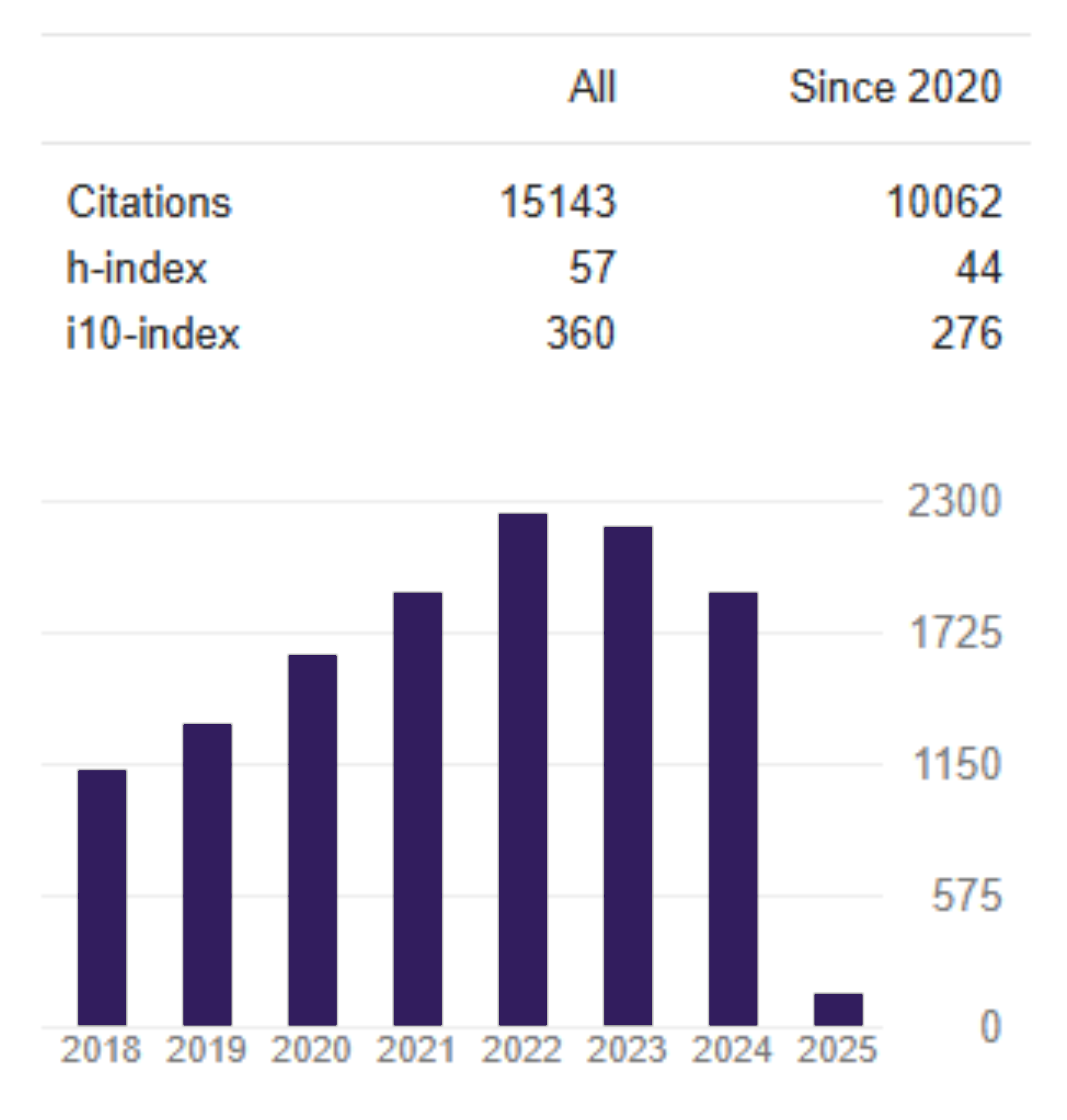Exploring the relation between realised volatility and Trading volume: Evidence from international stock market
DOI:
https://doi.org/10.26905/jkdp.v27i2.9777Keywords:
Realised Volatility, Trading Volume, Granger Causality Test, Sequential Information Theory, Mixed Distribution Hypothesis.Abstract
The sequential information theory and mixed distribution hypothesis contends that there exists a bi-directional relation between realised volatility and trading volume. This position has led to the proposition that new information spreads sequentially and reaches market participants and investors at varying times. The purpose of this study was to re-examine these theories using the most recent data. A Granger causality test, Mean Square Error and Mean Average error models where applied to investigate the relationship between realised volatility and trading volume for a sample of five international stock markets from March 5, 2018 to March 5, 2023. The findings of this study contradict the proposition put forth by the sequential information theory and mixed distribution hypothesis where no meaningful relationship was observed except for the CAC 40. Hence, new information rather filters through financial markets at the same time. The finding of this study maybe the explanation for the ever-increasing financial contagion between financial markets.
Â
DOI: 10.26905/jkdp.27i2.9777
Downloads
References
Adhikari, P. (2020). The dynamic relationship between stock returns and trading volumes in Nepalese stock market. Management Dynamics, 23(2), 161–172.
Alhussayen, H. (2022). The Relationship Between Trading Volume and Market Returns: A VAR/Granger Causality Testing Approach in the Context of Saudi Arabia. Organizations and Markets in Emerging Economies, 13(1), 260-275.
An, Y., Huang, L., & Li, Y. (2022). The Asymmetric Overnight Return Anomaly in the Chinese Stock Market. Journal of Risk and Financial Management, 15(11), 534.
Bajzik, J. (2020). Trading Volume and Stock Returns: A Meta-Analysis. IES Working Paper, No. 45/2020, Charles University in Prague, Institute of Economic Studies (IES), Prague.
Chiang, T.C., Qiao, Z., & Wong, W.K. (2009). New Evidence on the Relation between Return Volatility and Trading Volume. Journal of Forecasting, 1-14.
Choi, K.H., Kang, S.H., & Yoon, S.M. (2022). Relationship between Stock Returns and Trading Volume: Domestic and Cross-Country Evidence in Asian Stock Markets. International Journal of Electrical Engineering, 2, 57-63.
Duarte, J.J., Montenegro González, S. & Cruz, J.C. (2021) Predicting Stock Price Falls Using News Data: Evidence from the Brazilian Market. Comput Econ, 57, 311–340.
Enow, S.T. (2021). The impact of covid-19 on market efficiency: a comparative market analysis. Eurasian Journal of Economics and Finance, 9(4), 235-244
Enow, S.T. (2022). Price Clustering in International Financial Markets during the Covid-19 Pandemic and its implications. Eurasian Journal of Economics and Finance, 10(2), 46-53.
Enow, S.T. (2023). Investigating Causality and Market Contagion During Periods of Financial Distress and Its Implications. Journal of Accounting, Finance and Auditing studies, 9(1), 140-153
Fama, E.F., 1965. The behavior of stock-market prices. The Journal of Business, 38(1),34-105.
Gueyie, J., Mouhamadou, S. D., & Mamadou, F.D. (2022). Relationship between Stock Returns and Trading Volume at the Bourse Régionale des Valeurs Mobilières, West Africa. International Journal of Financial Studies 10(113), 1-16.
Gupta, S., Das, D., Hasim, H., & Tiwari, A. (2018). The Dynamic Relationship Between Stock Returns and Trading Volume Revisited: A MODWT-VAR Approach. Finance Research Letters, 27, 91-98.
He, X., & Velu, R. (2014). Volume and Volatility in a Common-Factor Mixture of Distributions Model. The Journal of Financial and Quantitative Analysis, 49(1), 33–49.
Hodson, T.O. (2022). Root-mean-square error (RMSE) or mean absolute error (MAE): when to use them or not. Geosci. Model Dev., 15, 5481–5487.
Holder, C., Leon, H., & Wood, C. (1990). Testing for non-stationarities in macroeconomic time series data. Social and Economic Studies, 39(4), 83–105. http://www.jstor.org/stable/27864968
Ligocká, M. (2019). The empirical relationship between stock returns and trading volume: the case of polish companies. Acta academica karviniensia, 19(2),42-53
O’Hara, M. (2015). High frequency market microstructure. Journal of Financial Economics, 116(2), 257-270.
Nkoro, E., & Uko, A.K. (2016). Autoregressive Distributed Lag (ARDL) cointegration technique: application and interpretation. Journal of Statistical and Econometric, 5(4), 63-91.
Ozdemir, L. (2020). Volatility Spillover Between Stock Prices and Trading Volume: Evidence from the Pre-, In-, and Post Global Financial Crisis Periods. Front. Appl. Math. Stat. 5(65), 1-8.
Preis, T., Moat, H. & Stanley, H. (2013). Quantifying Trading Behavior in Financial Markets Using Google Trends. Sci Rep, 3, 1684.
Roll, R., & Ross, S. A. (1980). An Empirical Investigation of the Arbitrage Pricing Theory. The Journal of Finance, 35(5), 1073–1103. https://doi.org/10.2307/2327087.
Song, X. & Taamouti, A. (2019). A Better Understanding of Granger Causality Analysis: A Big Data Environment. Oxford Bulletin of Economics & Statistics, 81(4), 911-936.
Tam, P.S. (2013). Finite-sample distribution of the augmented Dickey–Fuller test with lag optimization. Applied Economics, 45(24), 3495-3511.
Downloads
Additional Files
Published
Issue
Section
License

This work is licensed under a Creative Commons Attribution-ShareAlike 4.0 International License.



